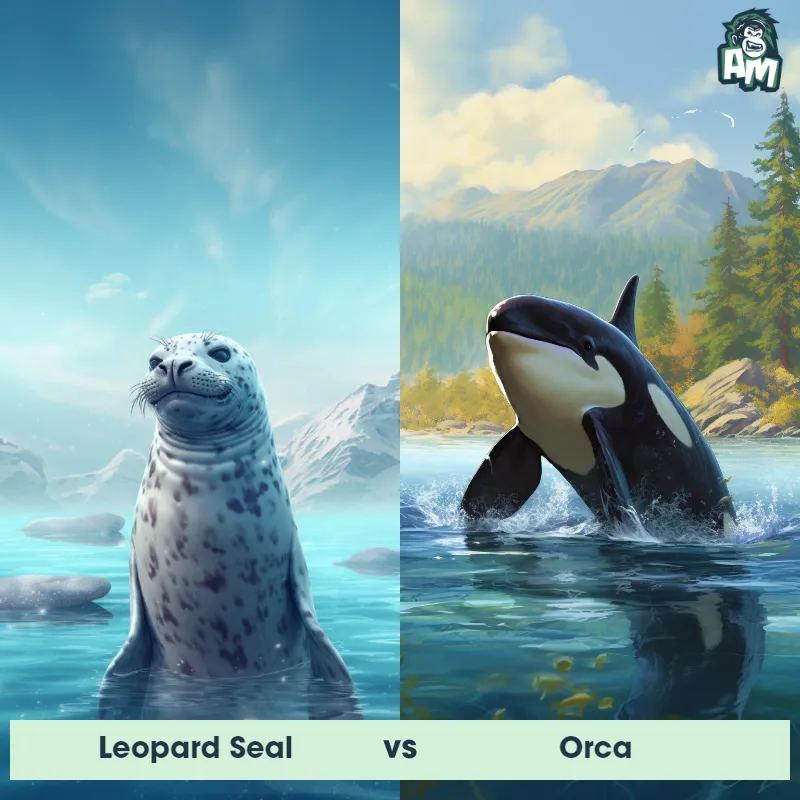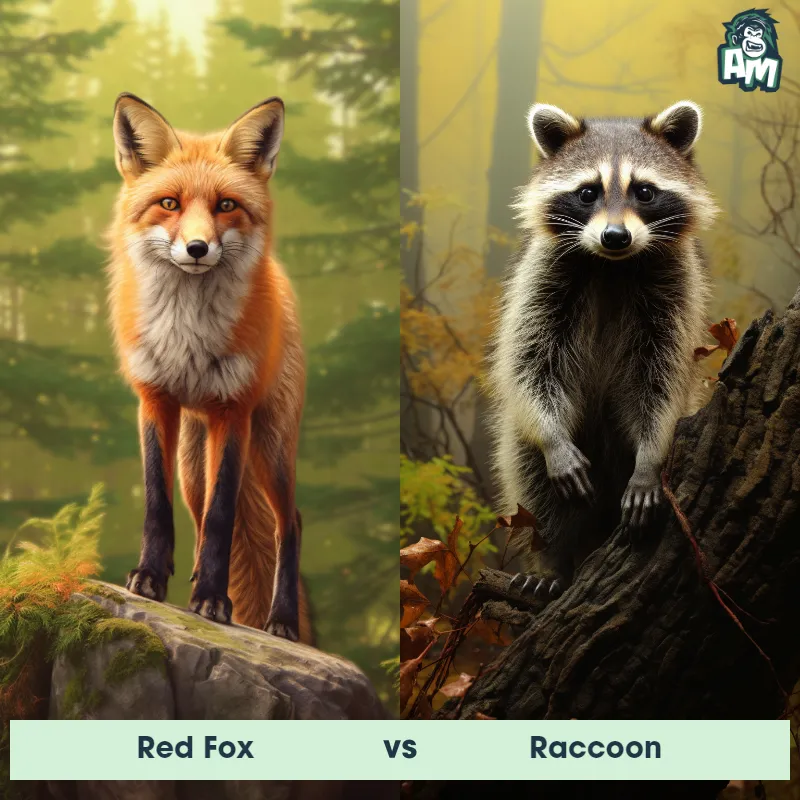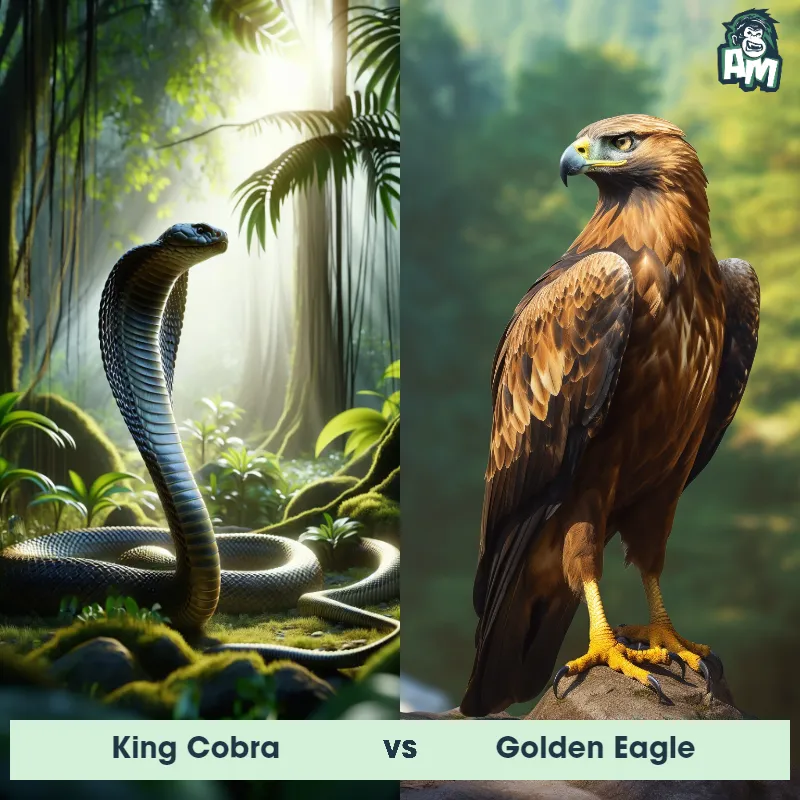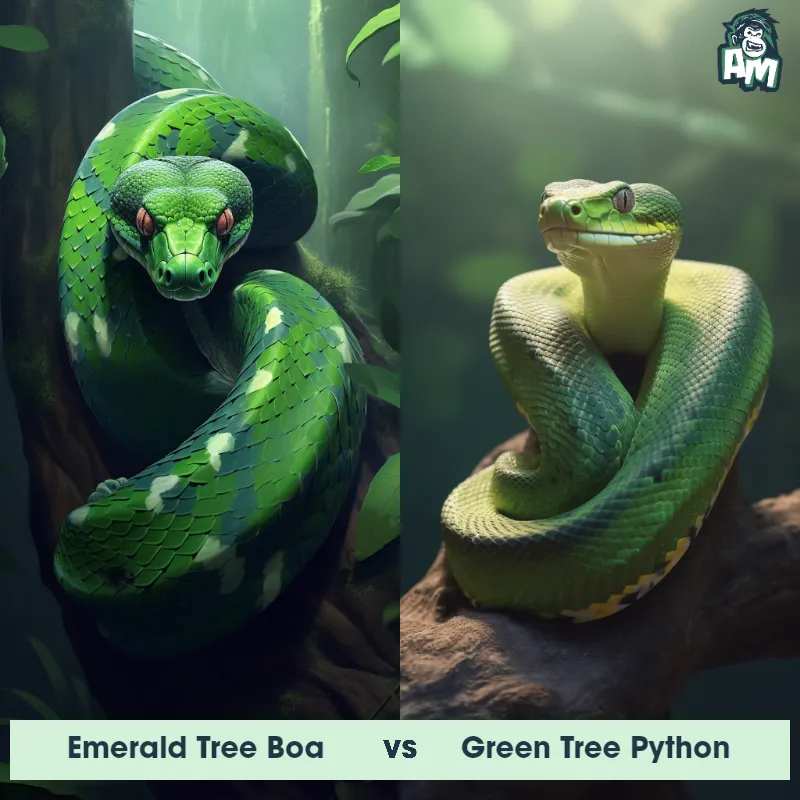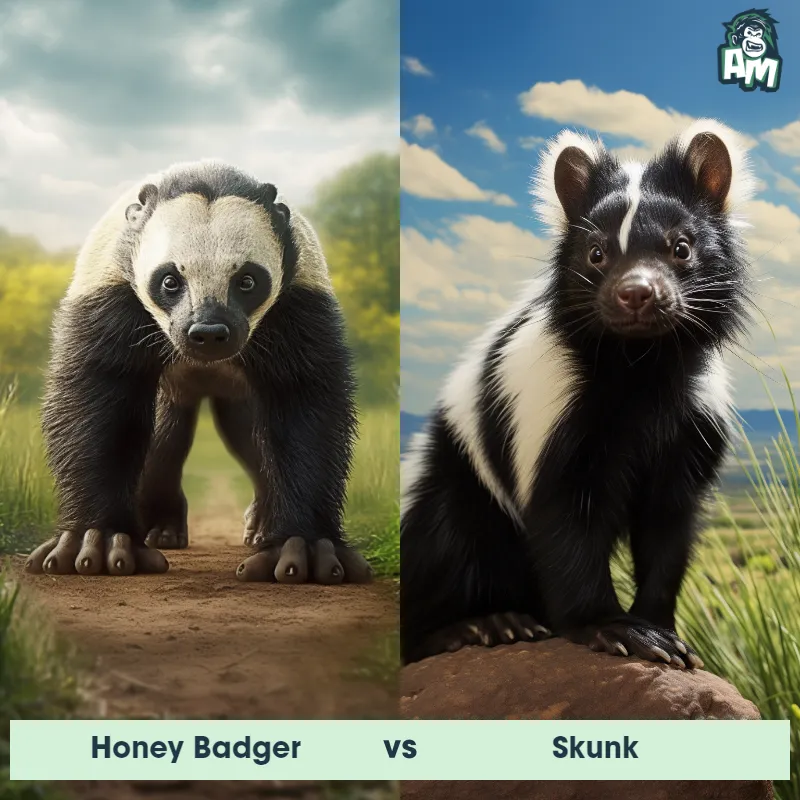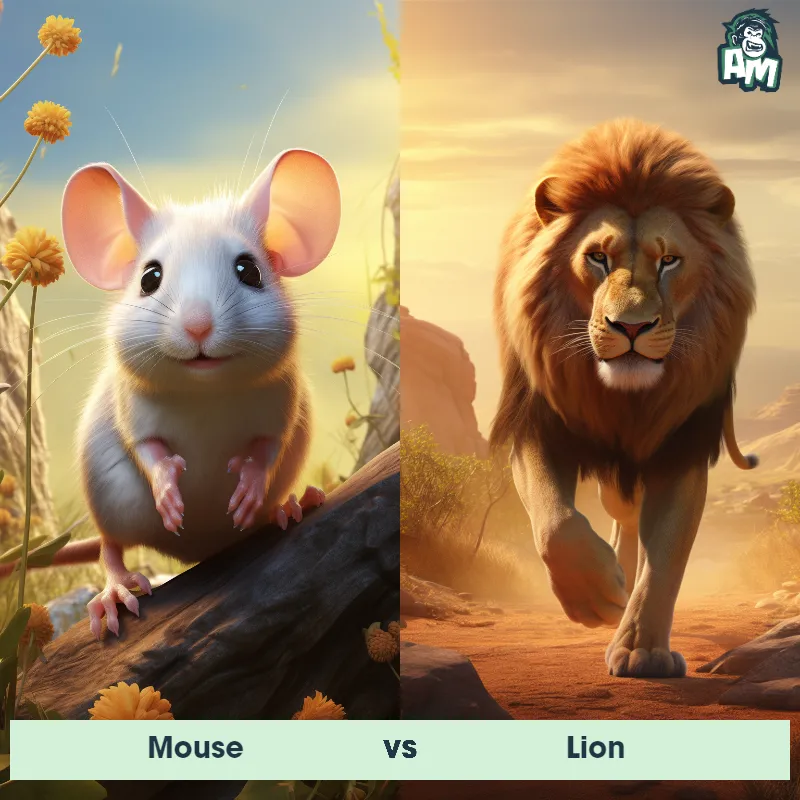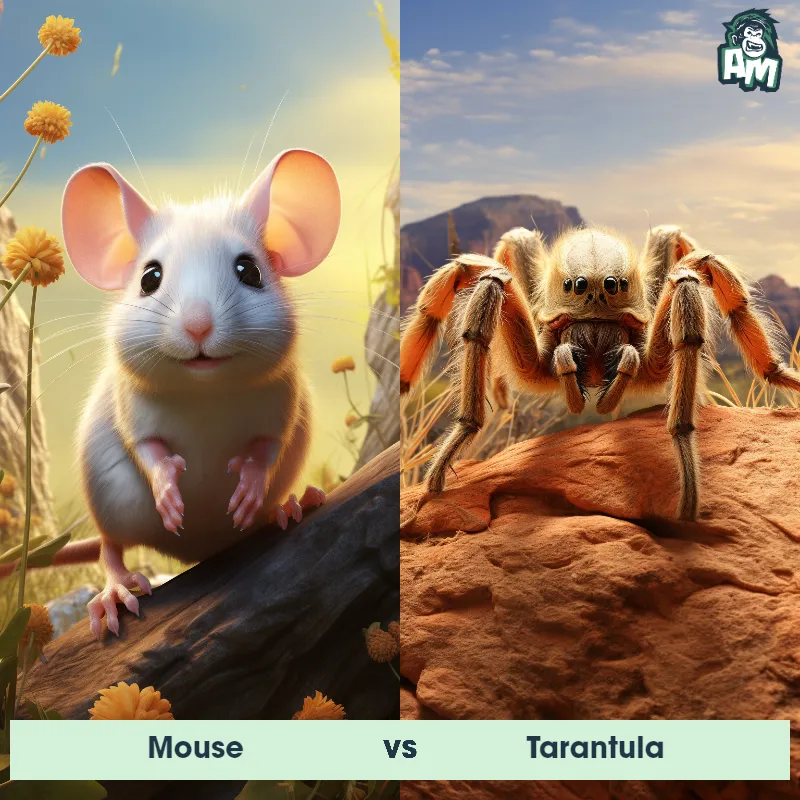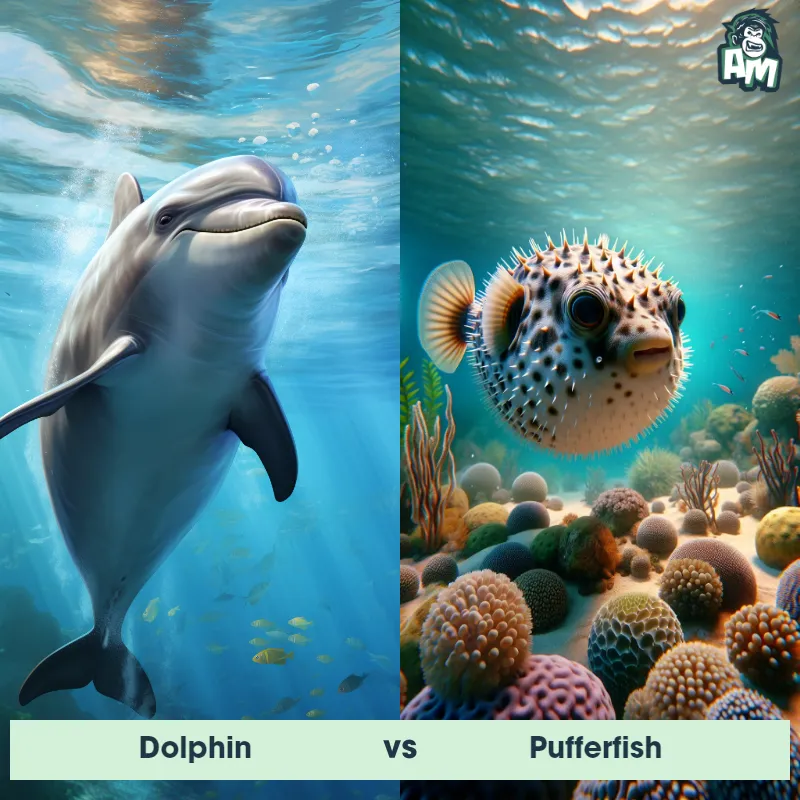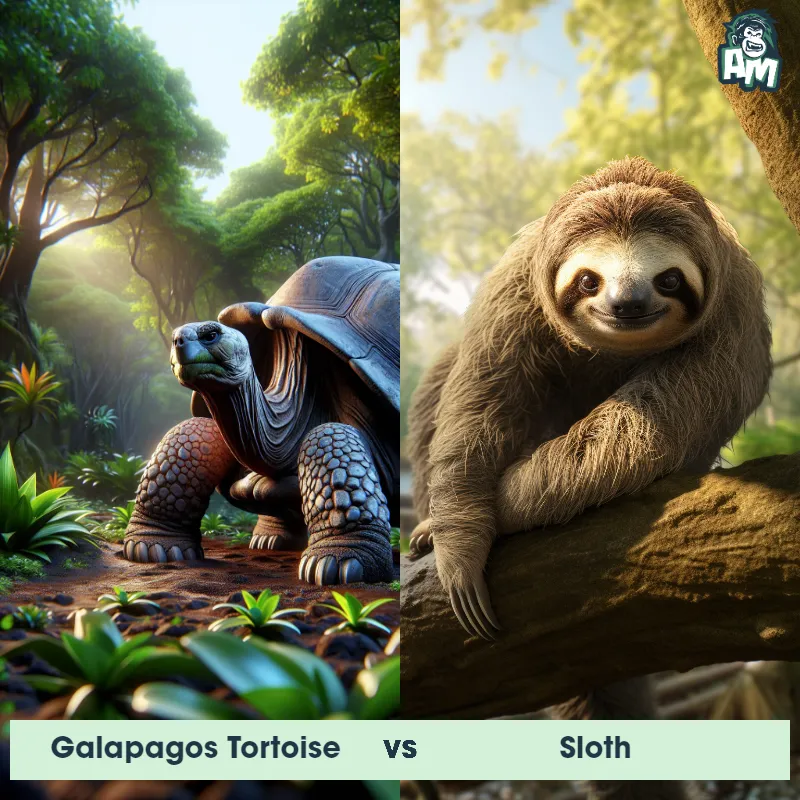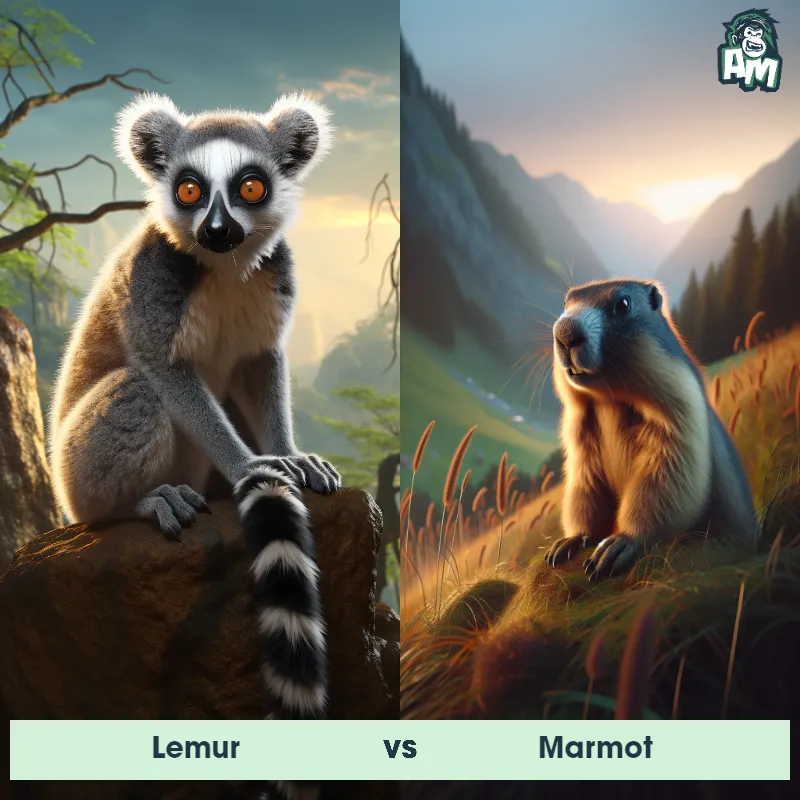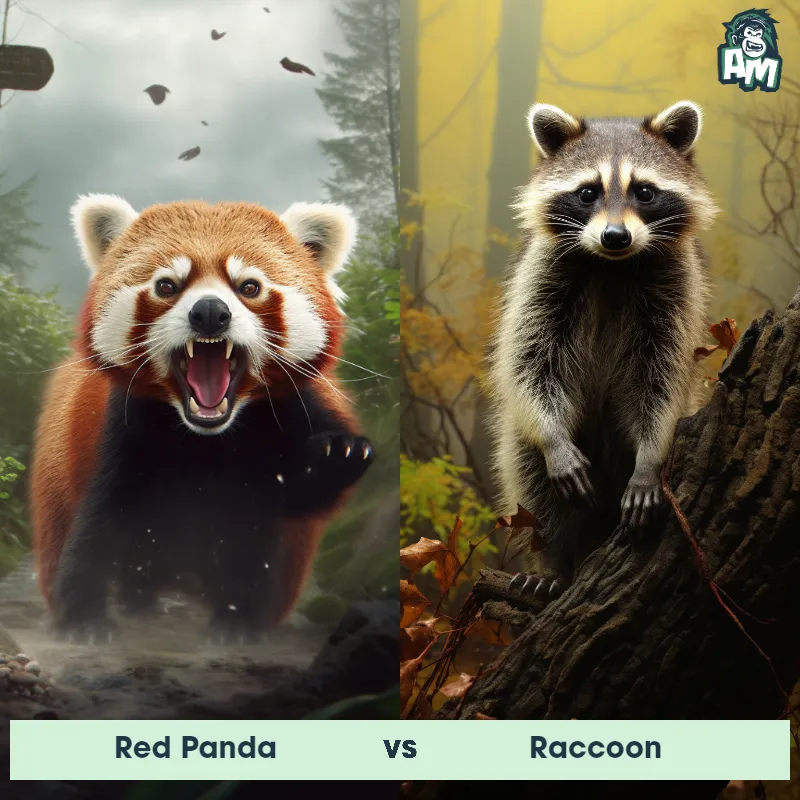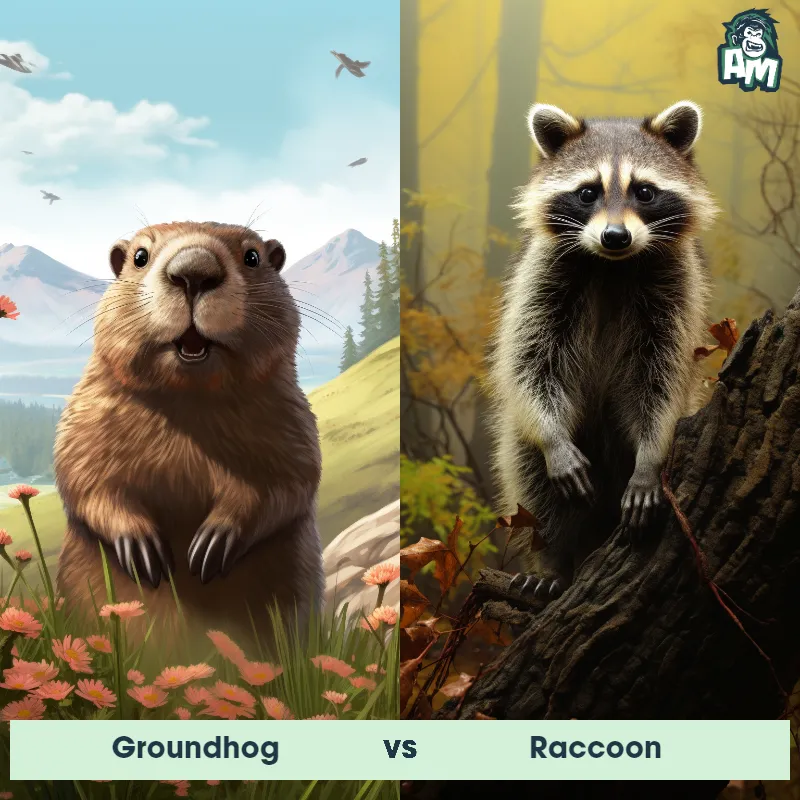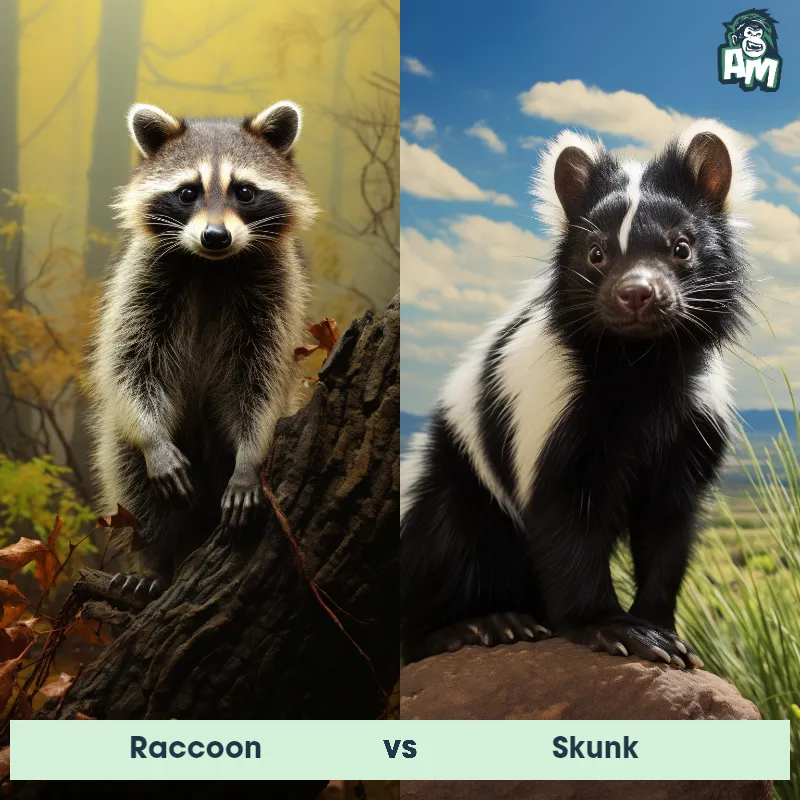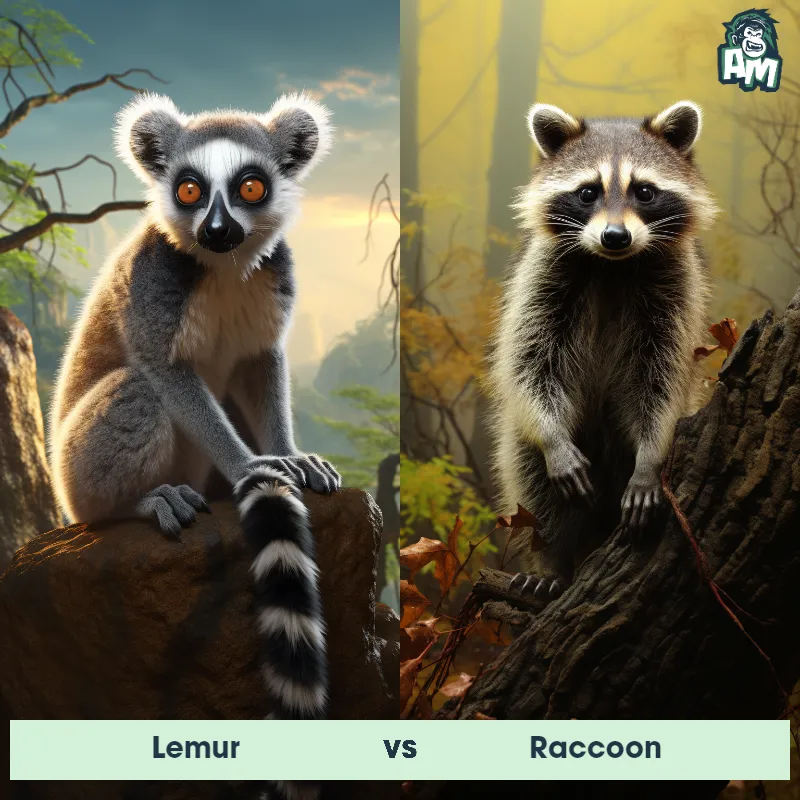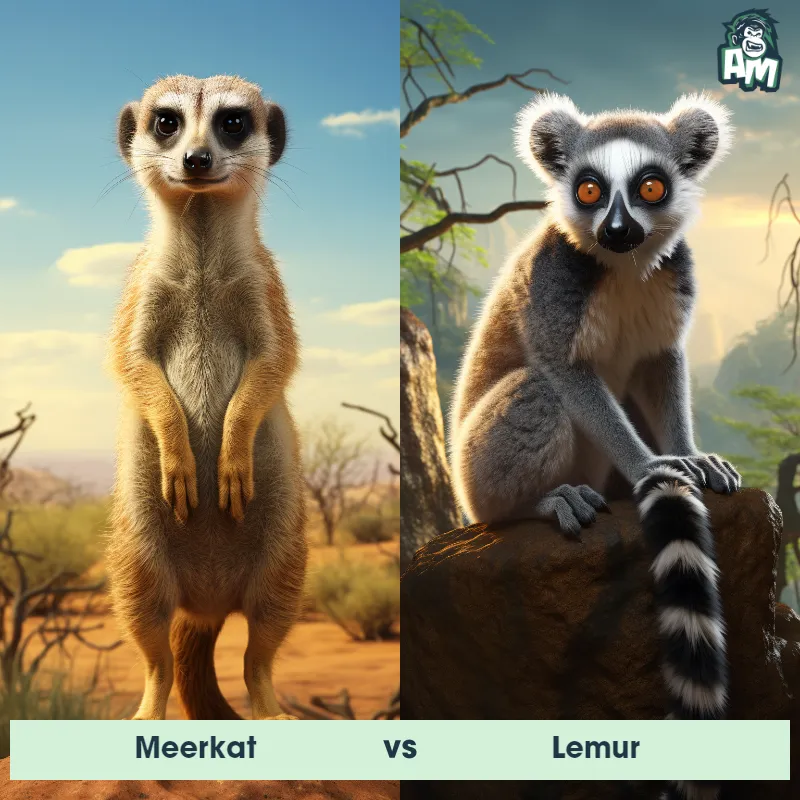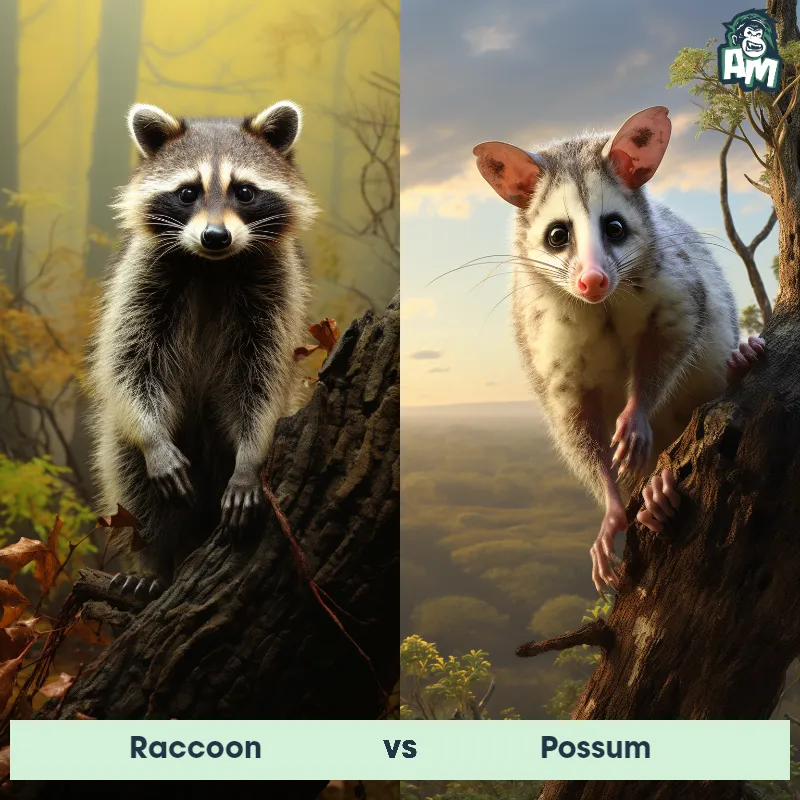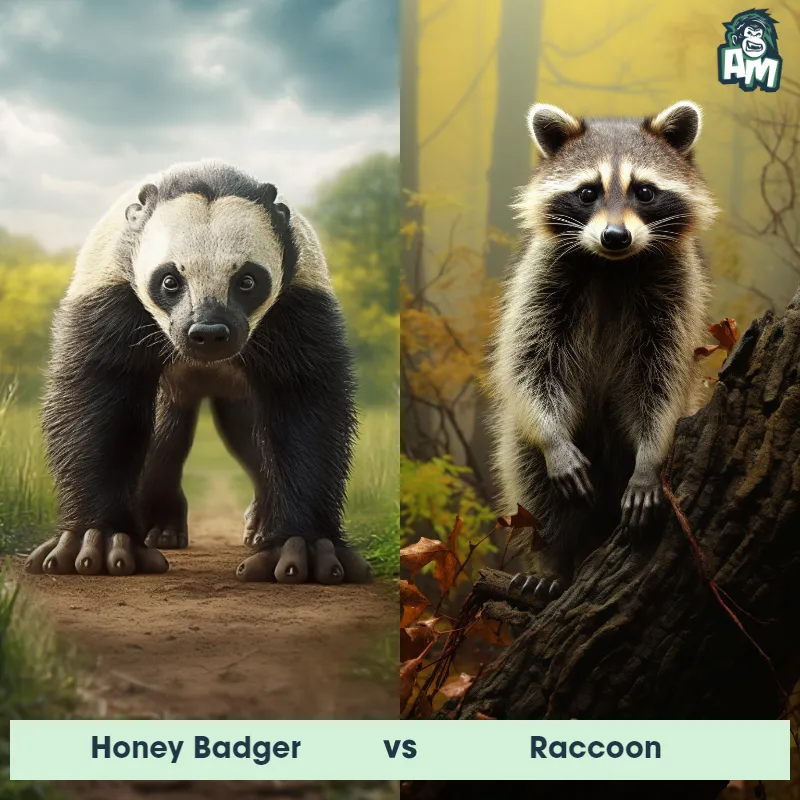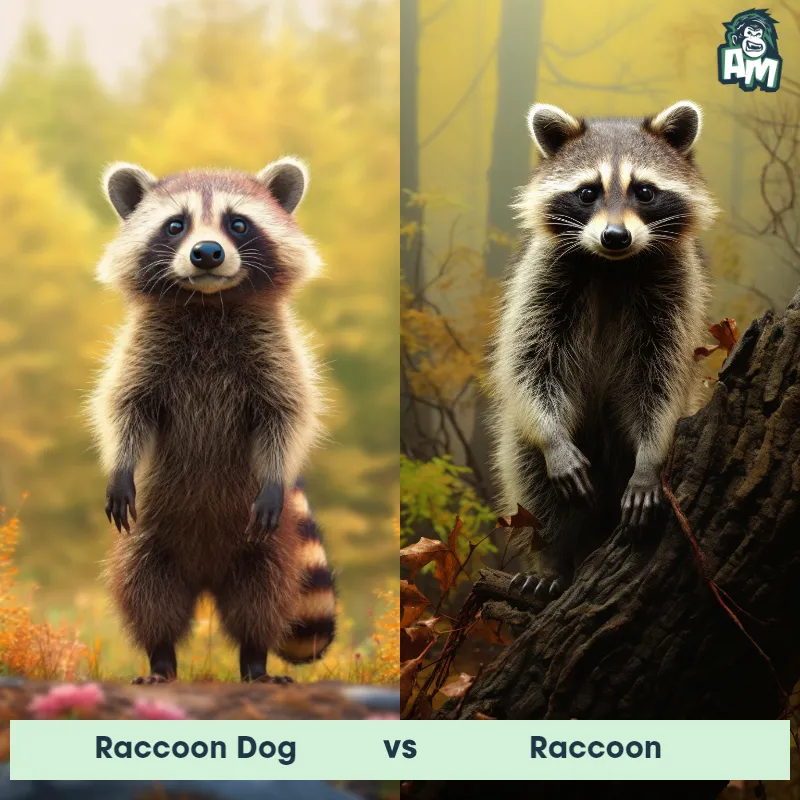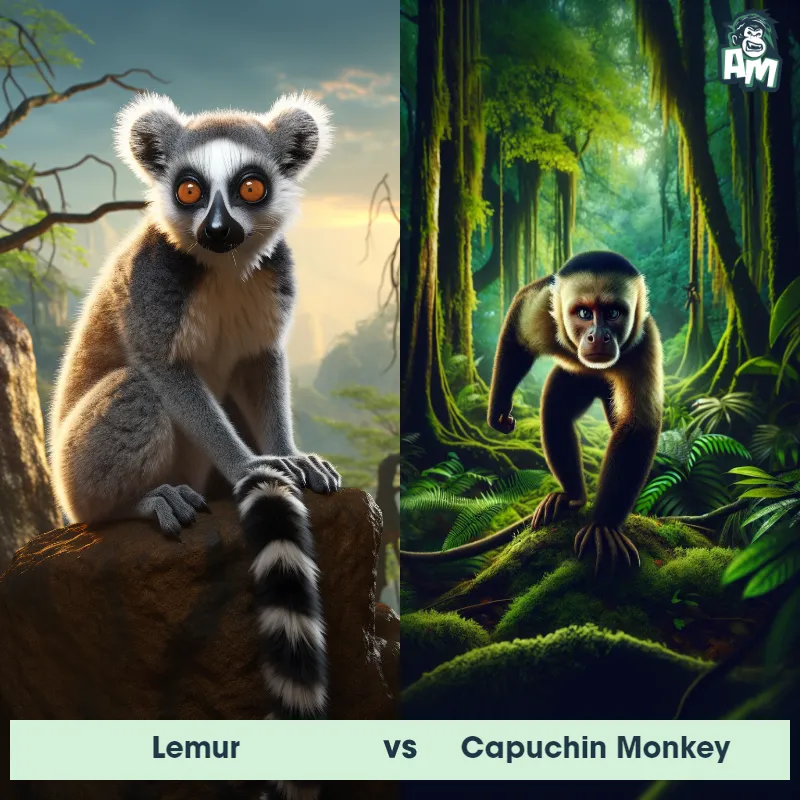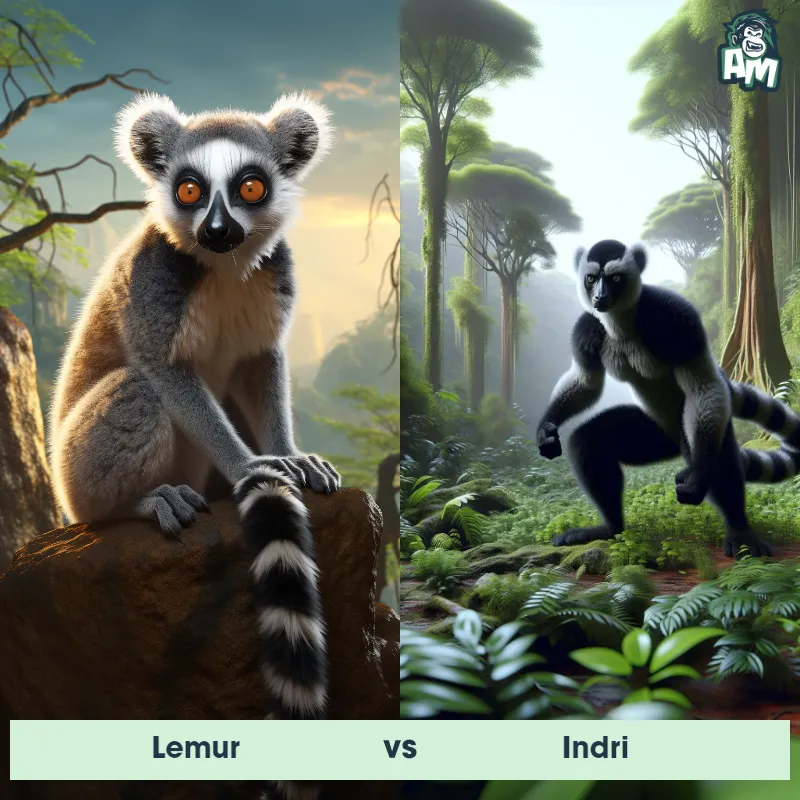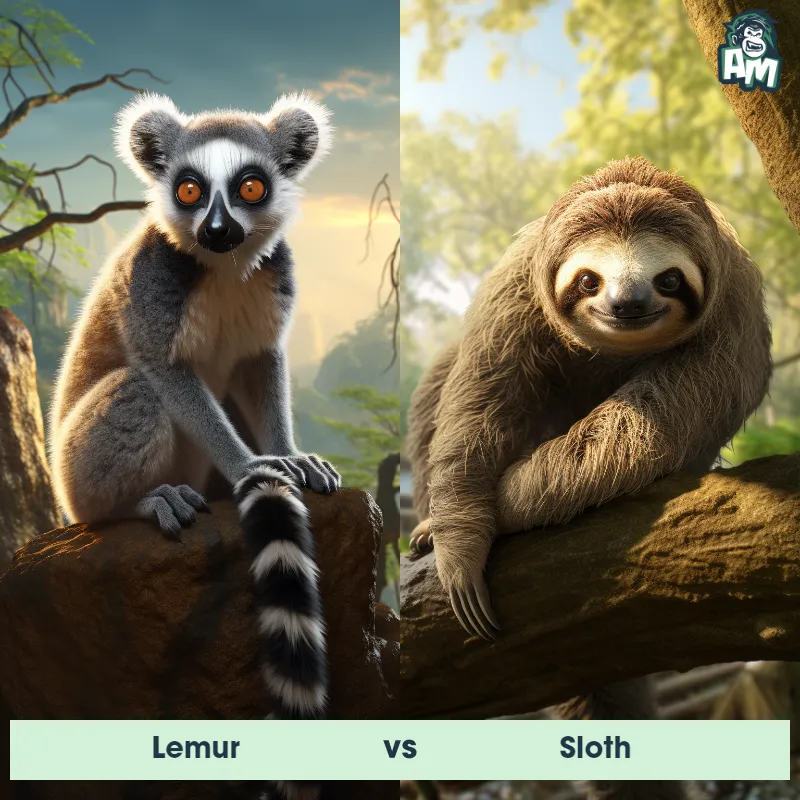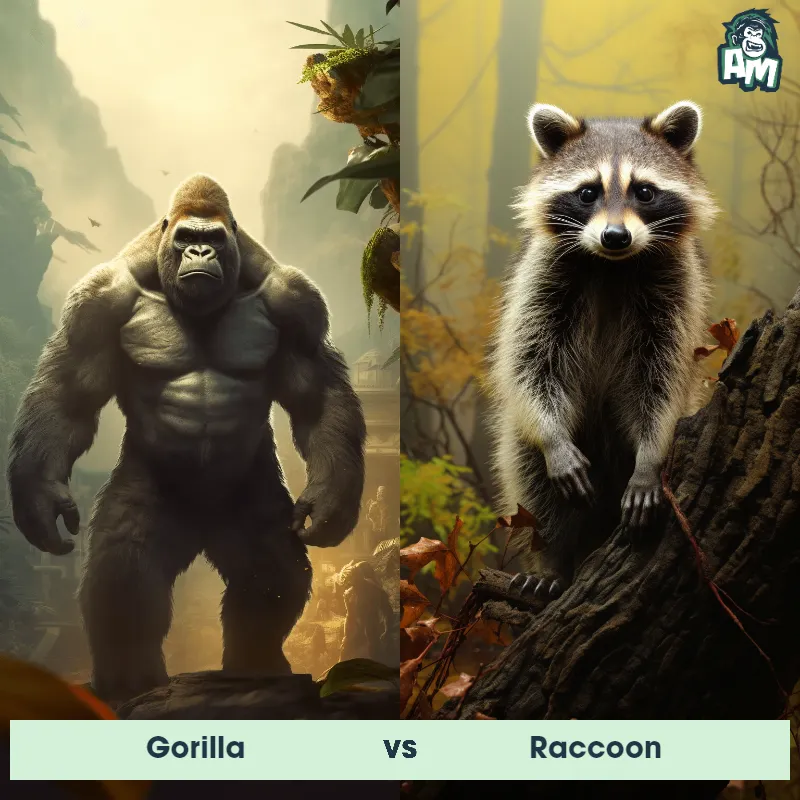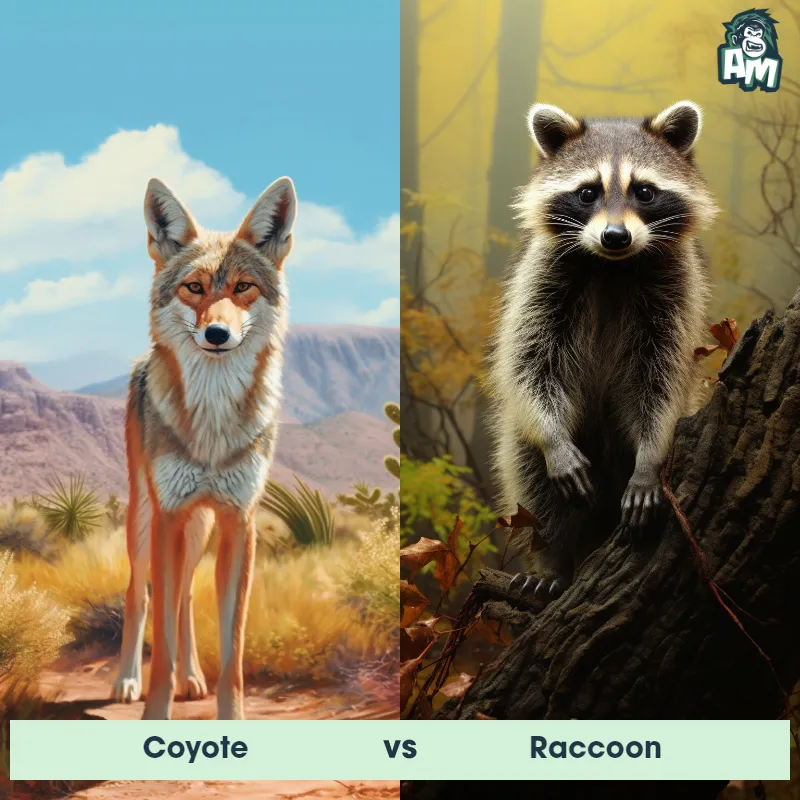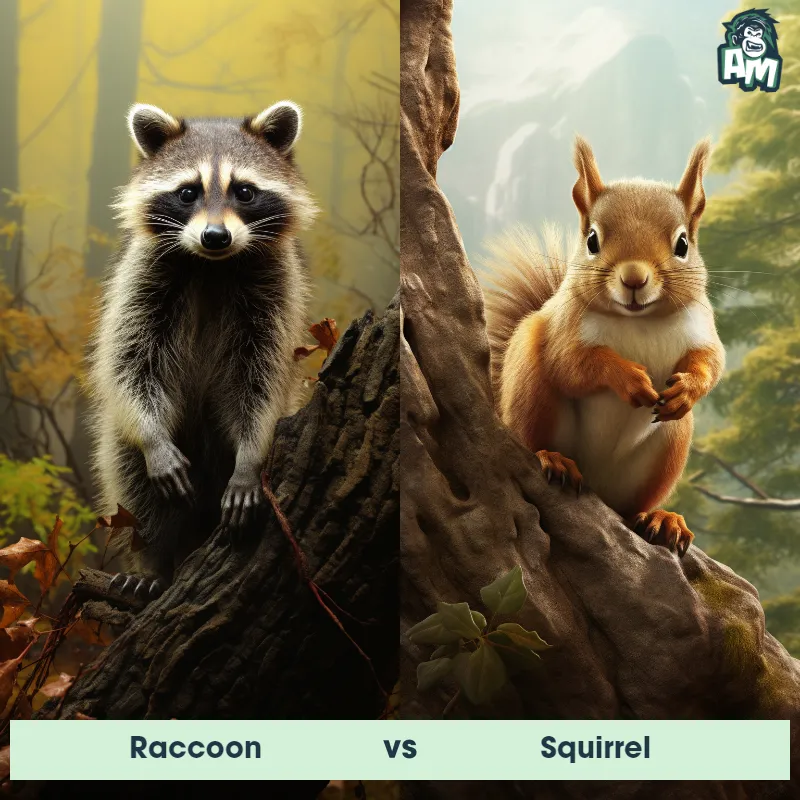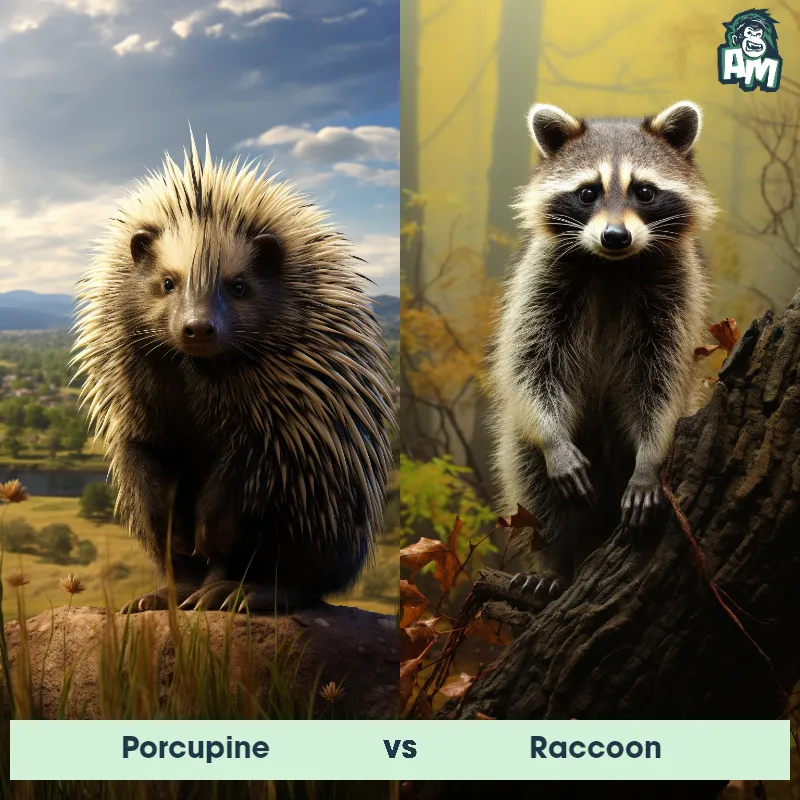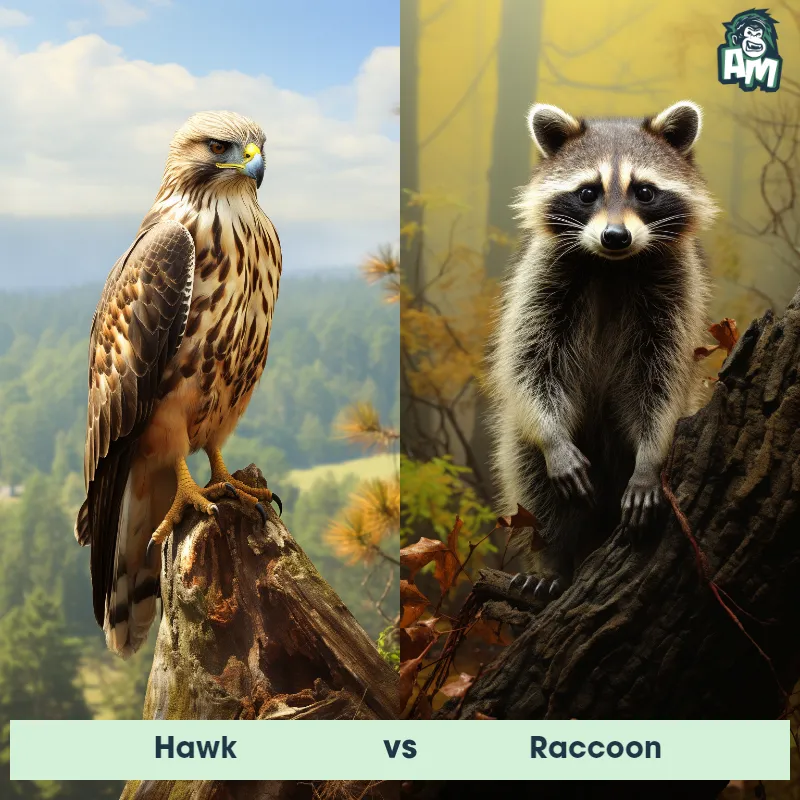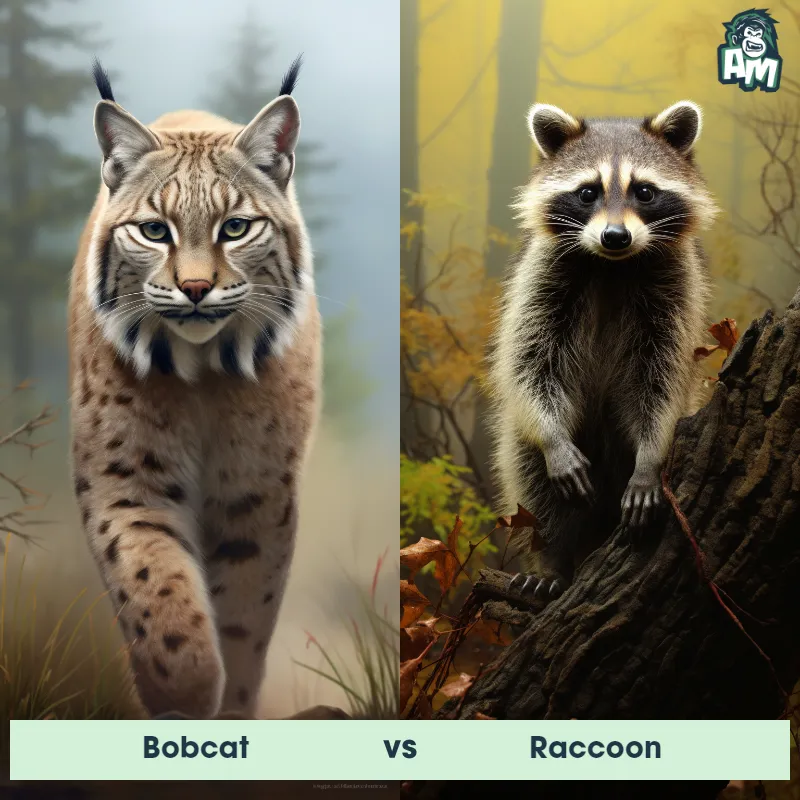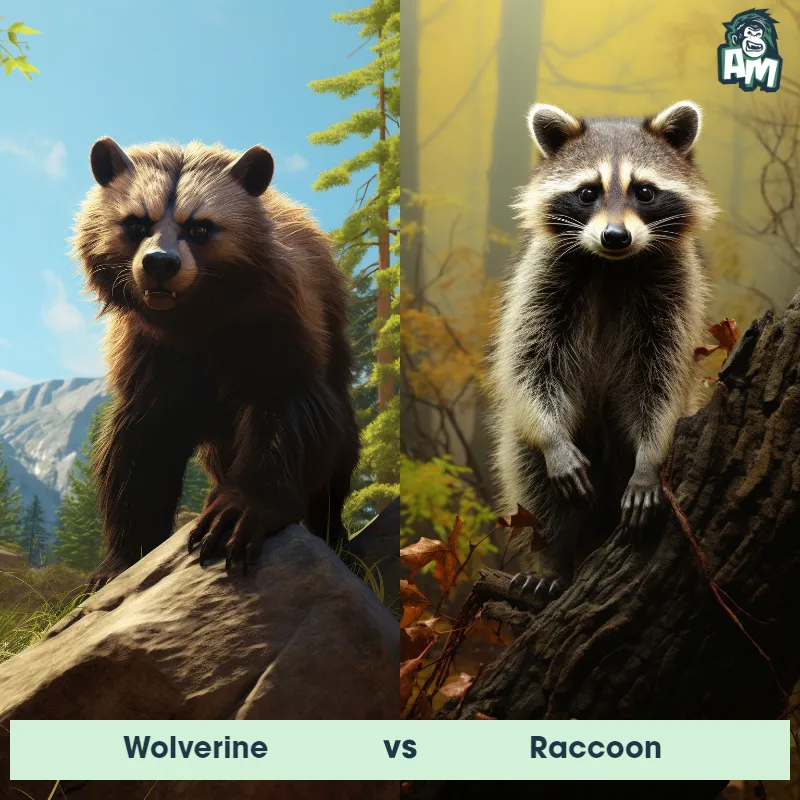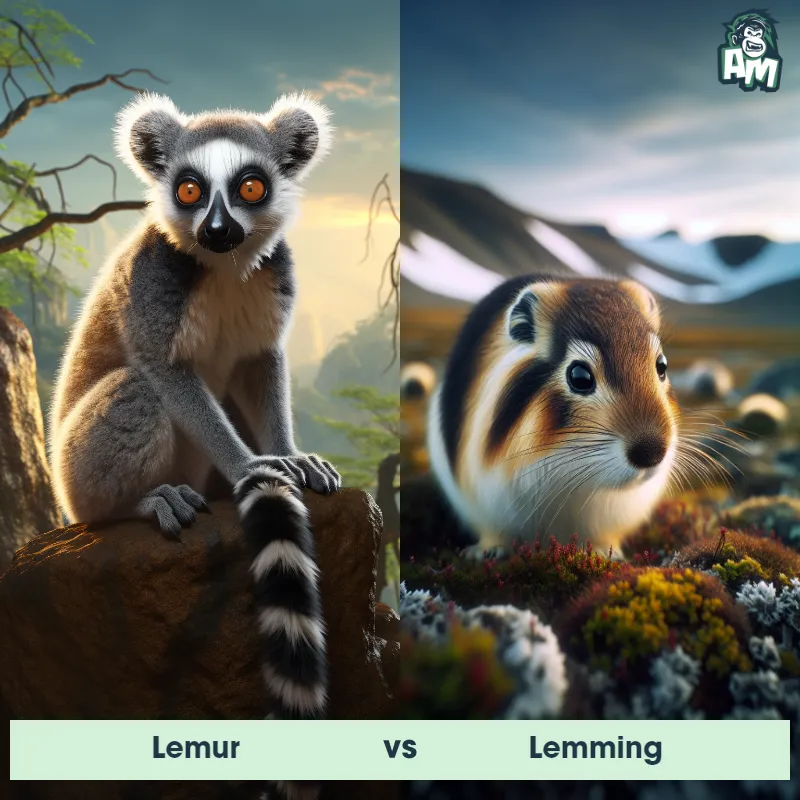Ruffed Lemur vs KinkajouSee Who Wins

Welcome, ladies and gentlemen, to this exciting matchup between the Ruffed Lemur and the Kinkajou! These two agile creatures are ready to square off in a battle of speed and strength. Let's see who will come out on top in this intense three-round fight!
Contender 1: Ruffed Lemur
The Ruffed Lemur, also known as Varecia, is a large, arboreal primate found in the rainforests of Madagascar. Known for its striking appearance, it has a thick, soft fur that varies in color from black to red and is accented by a white collar around its neck. It has a long tail for balance, and its face is adorned with captivating yellow eyes and a mobile snout that helps it to forage for food.
Fun Fact: The Ruffed Lemur has a unique way of communication - it uses a combination of purring, grunting, and wailing to communicate with others in its group, creating a range of vocalizations that have distinctive meanings.
Contender 2: Kinkajou
The kinkajou is a small, rainforest-dwelling mammal found in Central and South America. With a body length of about 16 to 30 inches and a prehensile tail almost as long, this nocturnal creature is perfectly adapted for an arboreal lifestyle. The kinkajou has a soft, golden-brown fur coat and a bear-like face with large, round eyes for enhanced night vision. They have a varied diet, enjoying fruits, honey, insects, and small vertebrates.
Fun Fact: The kinkajou, also known as the 'honey bear,' has a long tongue that can reach up to 5 inches, which it uses to extract honey from beehives and nectar from flowers.
Matchup Stats
| Ruffed Lemur | Kinkajou | |
|---|---|---|
| Size | Approximately 3 feet (0.9 meters) | 16 to 30 inches (40.6 to 76.2 cm) |
| Weight | 6-10 pounds (2.7-4.5 kilograms) | 3 to 10 pounds (1.36 to 4.53 kg) |
| Speed | 12mph (19km/h) | 10mph (16km/h) |
| Key Strength | Agility and climbing skills | Agility and ability to climb trees quickly |
| Biggest Weakness | Lack of physical strength | Small size and lack of powerful defensive mechanisms |
Current Votes
Ruffed Lemur vs Kinkajou
See Who Wins
View More Matches
Looking For More?
Similar Matches
Scientific Stats
| Ruffed Lemur | Kinkajou | |
|---|---|---|
| Scientific Name | Varecia variegata | Potos flavus |
| Family | Lemuridae | Procyonidae |
| Habitat | Rainforests | Rainforest |
| Geography | Madagascar | Central and South America |
| Diet | Fruits, leaves, nectar, and flowers | Fruits, honey, insects, and small vertebrates |
| Lifespan | 16 years - 20 years | 15 years - 23 years |
Key Differences between Ruffed Lemur and Kinkajou
- Tail shape: The Ruffed Lemur has a long, bushy tail without any prehensile abilities, whereas the Kinkajou possesses a tail that is long and grasping, used for climbing and hanging from branches.
- Size: The Ruffed Lemur is significantly larger than the Kinkajou, with the former reaching up to 20 pounds in weight compared to the Kinkajou's maximum of 7 pounds.
- Color: Ruffed Lemurs have a black and white striped coat with a ruff of fur around their neck, while Kinkajous have golden to brown fur with a prehensile tail.
- Diet: Ruffed Lemurs are primarily frugivores, feeding mainly on fruits and leaves, while Kinkajous are omnivores, consuming fruits, insects, and nectar.
- Habitat: Ruffed Lemurs are native to Madagascar and inhabit rainforests, whereas Kinkajous are found in Central and South America living in tropical forests.
- Facial features: Ruffed Lemurs have a distinctive black mask around their eyes and a fox-like face, while Kinkajous have round faces with large eyes and a pointed snout.



